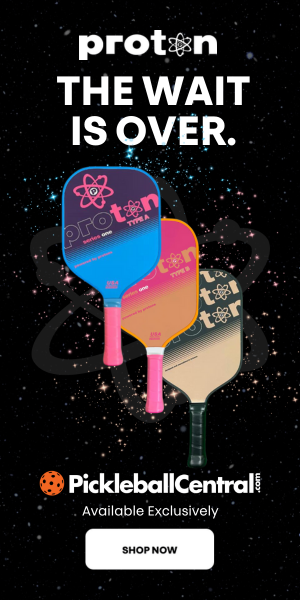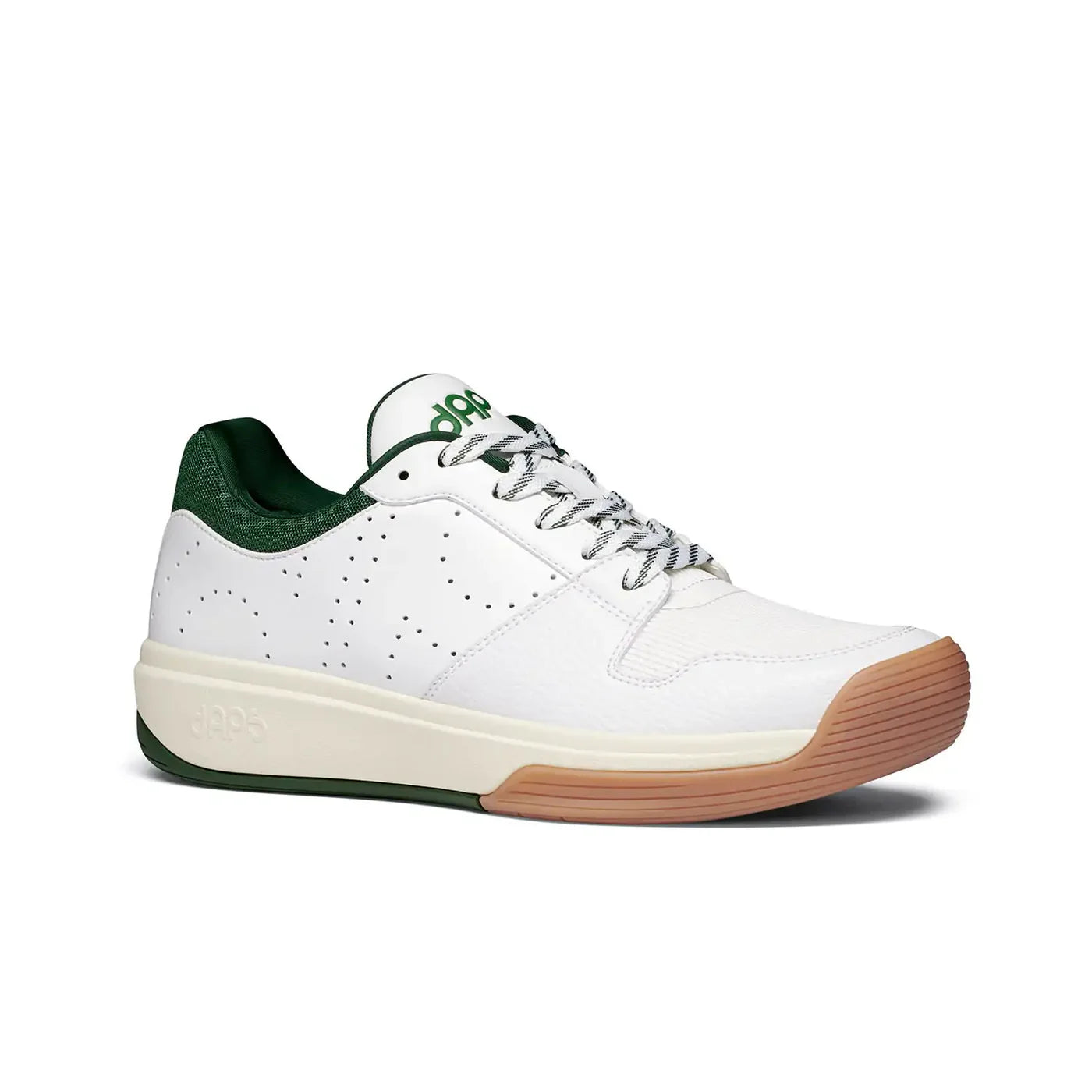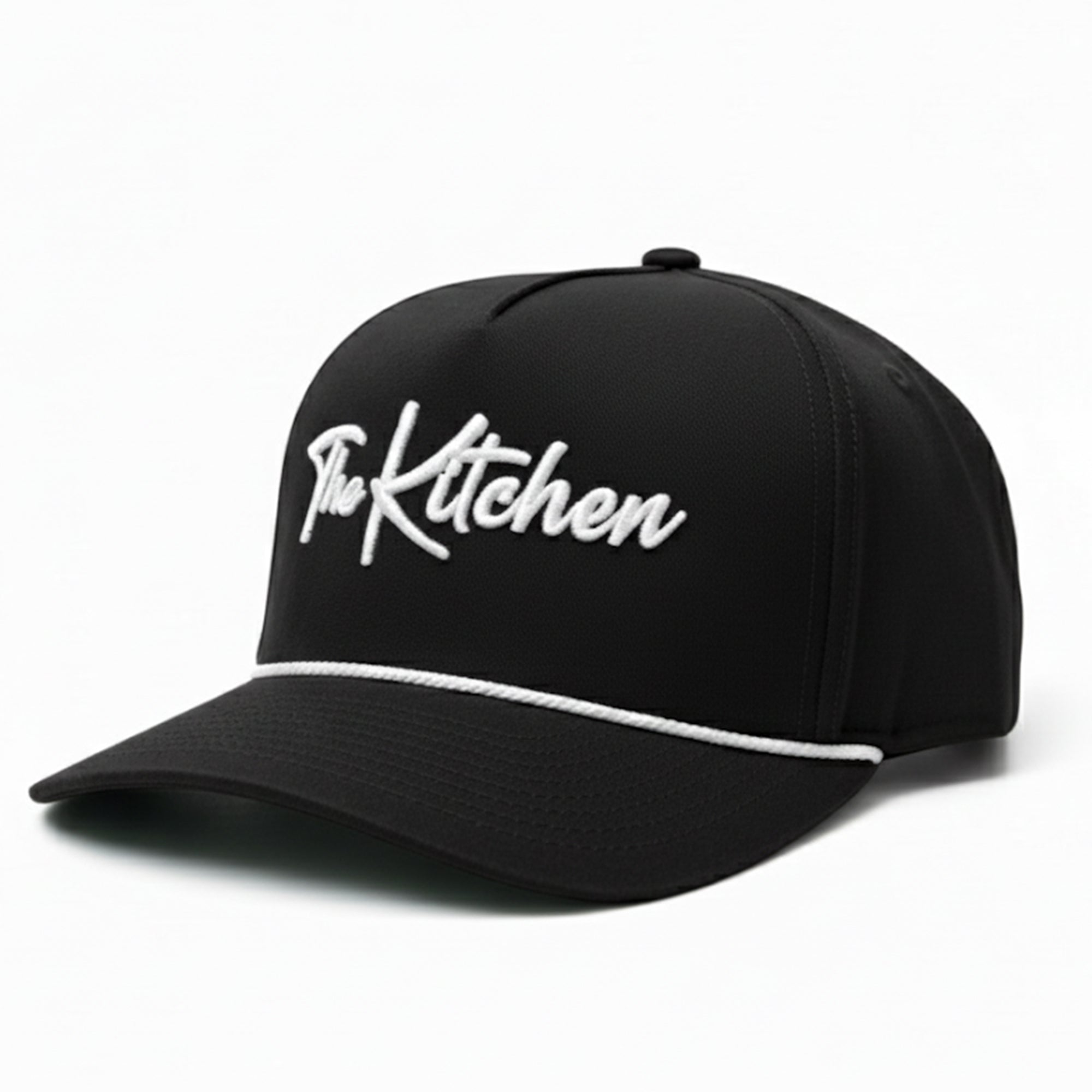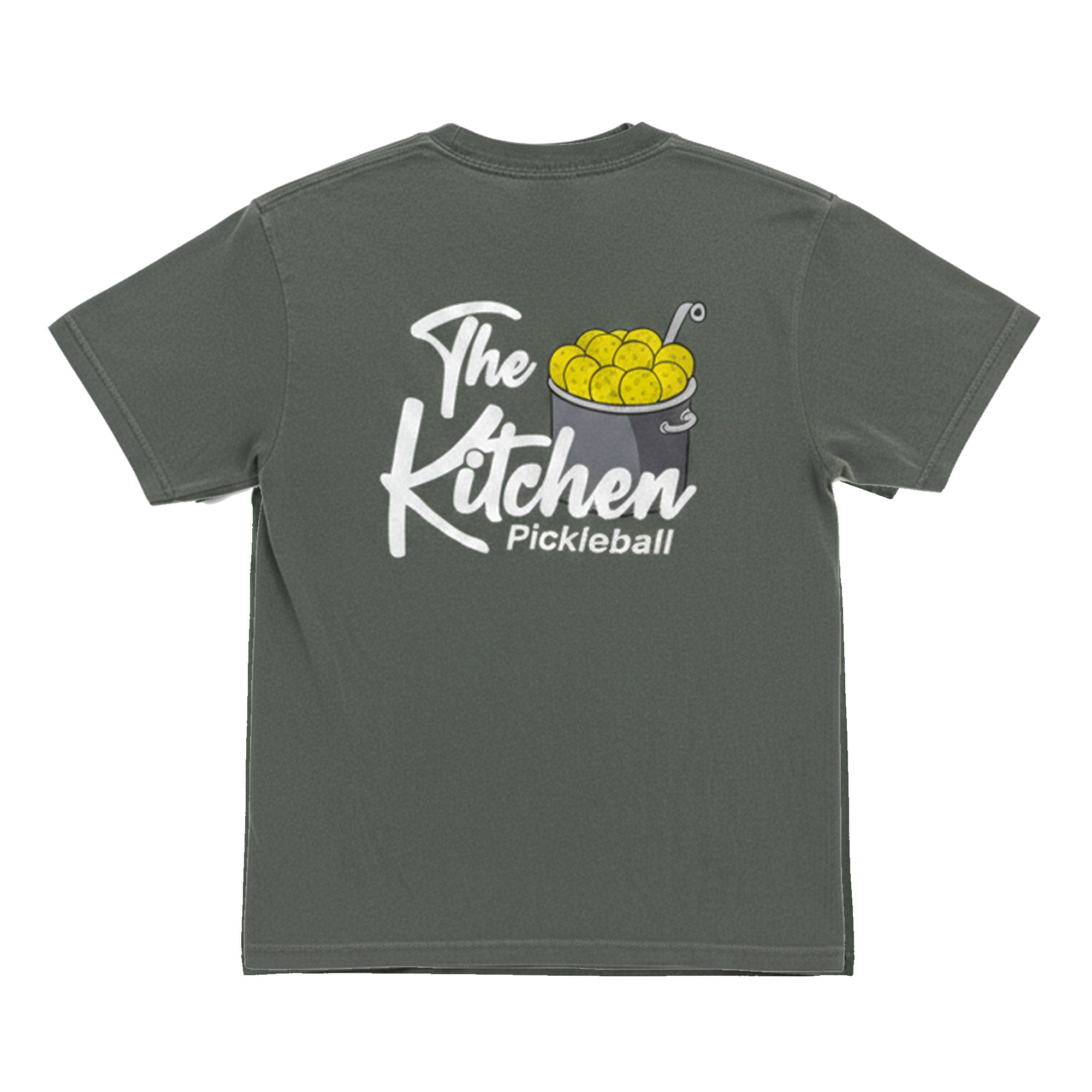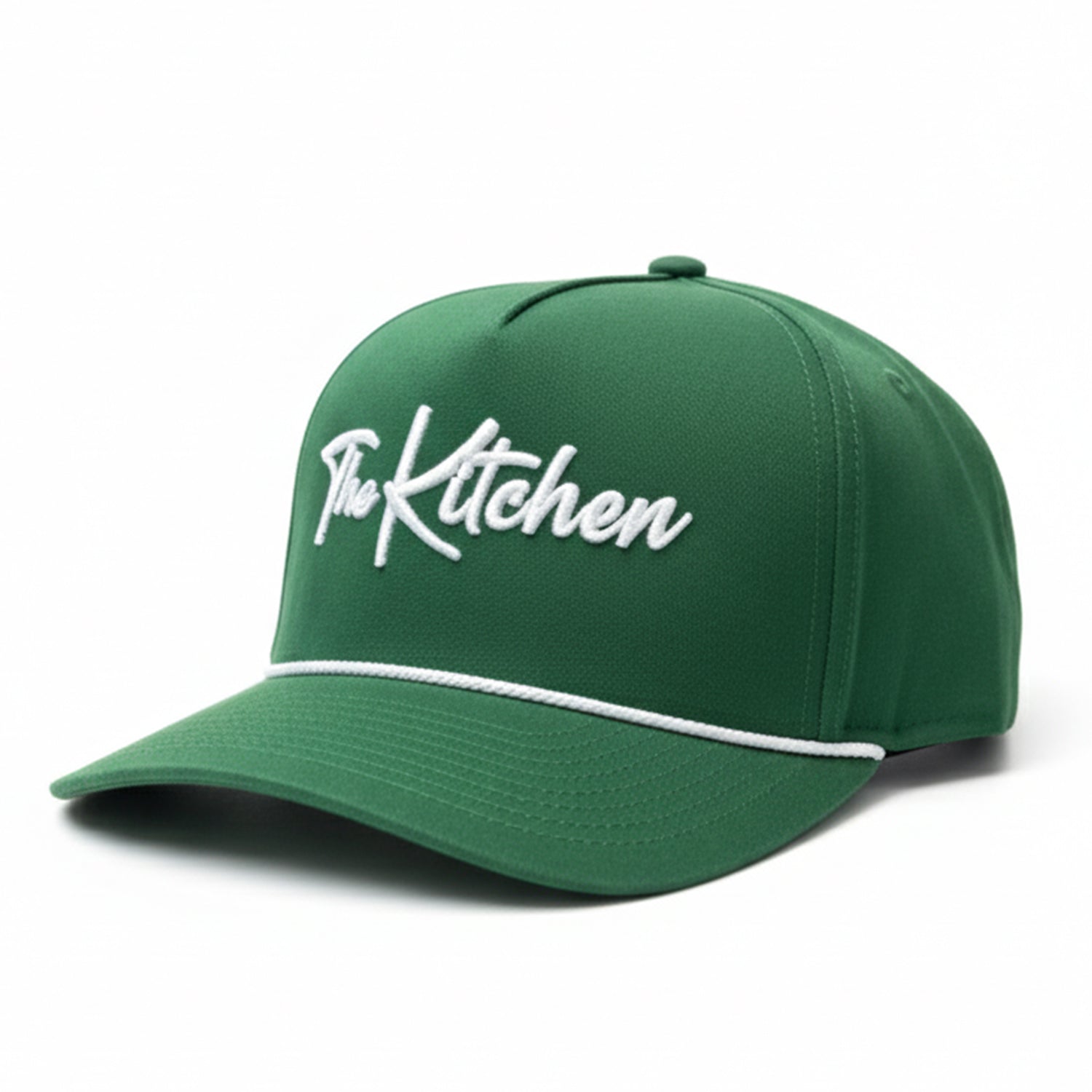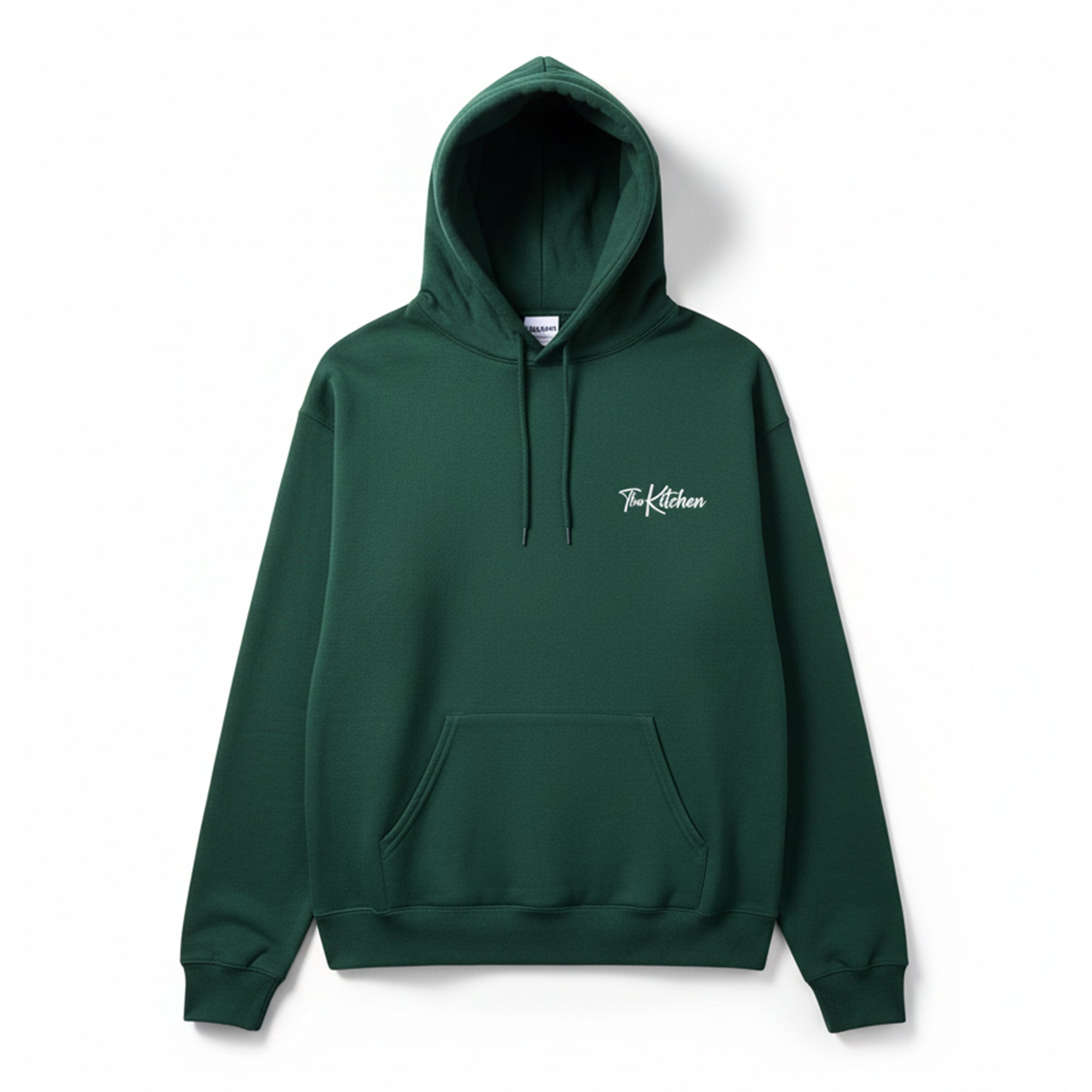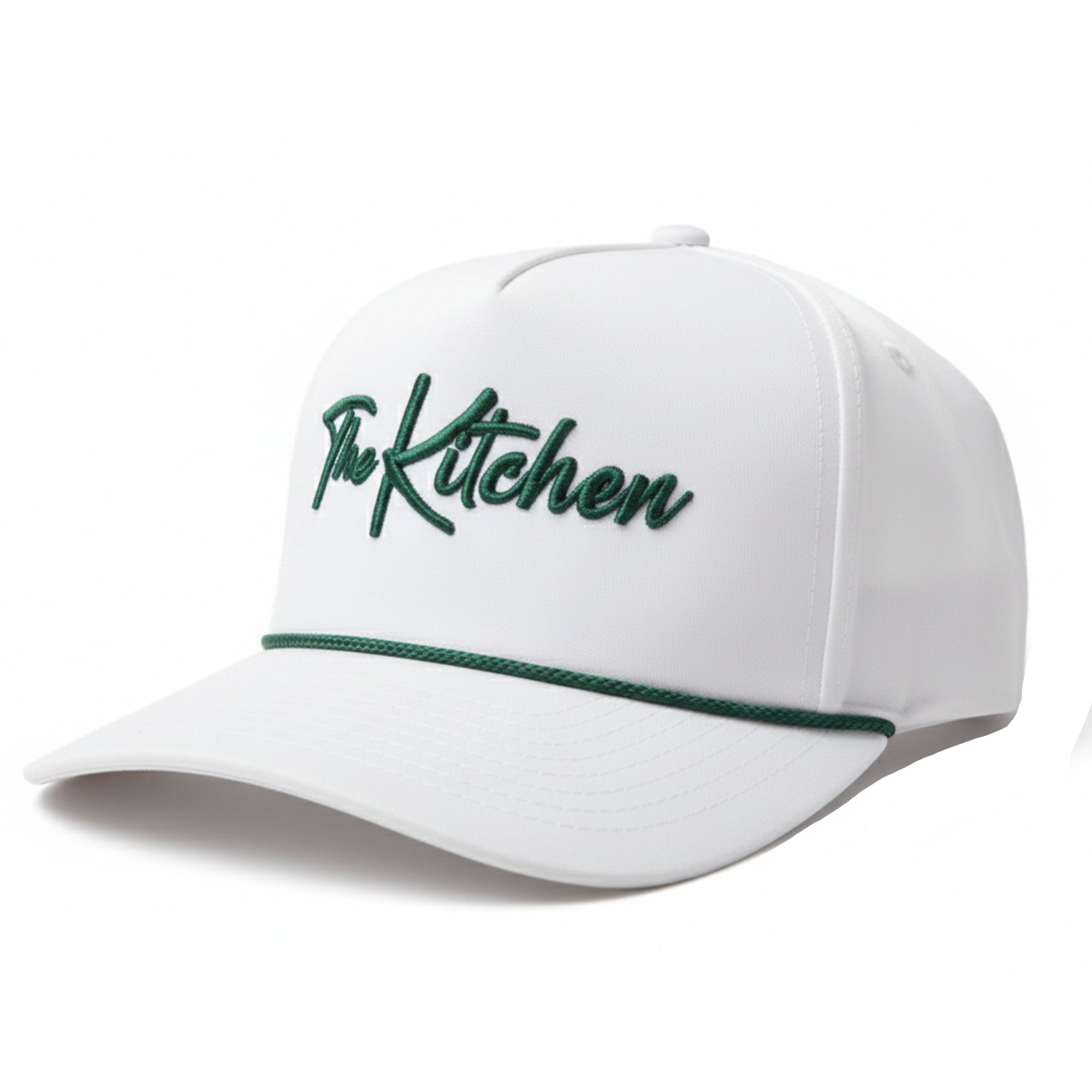Expert review: Adidas launches new ADIPOWER pickleball paddles
Last Edited
Oct 01 2025
Category
Gear
Earlier this year it became clear that adidas was going all-in on pickleball when they released their updated Metalbone paddles.
That launch was the first big splash of 2025 for the apparel and sports equipment company, and now adidas is back with a new release: Three paddles that are part of the ADIPOWER PRO-EDT series.
While the Metalbone paddles used a construction method unique to adidas and had a different feel from most paddles on the market, the ADIPOWER line will look and feel more familiar for most pickleball players.
There are three variations of this paddle:
ADIPOWER PRO-EDT 14: 14mm elongated shape with a 5 1/2-inch handle.
ADIPOWER PRO-EDT 16: 16mm elongated shape with a 5 1/2-inch handle.
ADIPOWER PRO-EDT 16 C: 16mm widebody shape with a 5-inch handle.
The two 16mm models are endorsed by recently signed adidas player Jaume Martinez Vich and feature his logo on the paddle face. The company also announced last week that they've signed CJ Klinger, who will be debuting with an adidas paddle at the PPA Tour Virginia Beach Cup on Oct. 6-12.
While the different shapes and thicknesses lead to differing performance characteristics, each of the ADIPOWER paddles use the same construction method, which includes:
Low density polypropylene honeycomb core: Promotes longer dwell time and soft feel, while maintaining solid put-away power.
Raw carbon fiber surface: Generates good spin and ability to shape the ball.
Carbon perimeter & reinforced edge guard: Structural reinforcement boosts durability and stability, giving the paddles a solid feel.
TriFoam edge reinforcement: EVA foam reinforcement along the perimeter stabilizes
the paddle face and reduces vibration.

I've had these paddles for about two weeks and have put them through my normal series of drills at the kitchen line, in the transition zone and from the baseline to see how they compare with some of the other top paddles on the market. Below are my thoughts on the strengths and weaknesses of each model, how they differ from each other and what type of player would be best suited to each of the three models.
Let's cook!
ADIPOWER PRO-EDT 14
Buy now, $189

Best suited for players who: Like to play an aggressive game and want good pop on counters at the net.
At the kitchen: This paddle delivers the most pop out of the three models in hands battles, and also has a maneuverability advantage over the 16mm elongated version because of its thinner profile and lower swingweight. It also has a slightly firmer feel on dinks and a little less dwell time than the 16mm models, which meant that I wasn't able to shape the ball as well on attacks out of the air. But overall I preferred the 14mm version at the net because of the added pop.
In transition: As with all paddles, the thinner and more poppy models require a bit more work in this area of the court. I added 5 grams of Udrippin tungsten tape to the throat and bottom corners of the paddle, and that led to a noticeable increase in stability and overall a more solid feel on resets in the transition zone. After I made that change, I thought the paddle performed very well in this area.
At the baseline: Of the three models, this one had the most power on serves and drives from the baseline, but again slightly less ability to shape the ball than the 16mm versions. Much like my experience in the transition zone, I felt like the added weight helped with consistency on third-shot drops.
ADIPOWER PRO-EDT 16
Buy now, $189

Best suited for players who: Like the feel of a thicker core but still want the added offensive ability that you get with an elongated shape.
At the kitchen: This model and the widebody model have a very similar feel on dinks, with good dwell time and more of a plush feel than the 14mm version. The key difference is the elongated model offers more reach for attacks out of the air, and also has more putaway power. The sweet spot is also shifted slightly more toward the top 25% of the paddle face.
In transition: Resets in this area of the court came pretty naturally. If you're used to the plush feel of a 16mm honeycomb paddle, there won't be much of an adjustment if you decided to switch to this model.
At the baseline: This is where this paddle had the advantage over the others. You get good power on bigger swings (serves, drives) because you can generate more swing speed with the elongated shape, but the 16mm core also adds more dwell time, so I was really able to shape the ball and get it to dip hard over the net. If you're somebody who likes to add a lot of topspin on drives (and drops) and want a paddle that will help you execute that shot, this would be a good option.
ADIPOWER PRO-EDT 16 C
Buy now, $189

Best suited for players who: Put consistency above all else and prefer to play more of a defensive game. A good comparison for this paddle is the JOOLA Collin Johns Scorpeus Pro IV 16mm -- it's a very similar shape and they have a similar feel out of the box.
At the kitchen: As with most widebody models, consistency is the best word to describe what this paddle is good at. The sweet spot is bigger and more positioned to the middle of the paddle than the other ADIPOWER models, which means it's more forgiving on off-center hits. It also has a lower swingweight than the 16mm elongated model, which makes it more maneuverable in hands battles at the net.
In transition: Of the three models, this one performed best in this area of the court, which is no surprise. If you're somebody who doesn't mind grinding from the transition zone and patiently working your way to the kitchen line, this paddle is a good option.
At the baseline: The widebody version has slightly less power than its elongated counterparts, but it still offers the same shot-shaping ability of the other 16mm model because of the added dwell time. Players who like to hit more of a hybrid third-shot drive/drop would likely be able to adjust to this paddle pretty easily on those shots.






